GM recently announced the acquisition of Tools and Equipment International (TEI), one of the key companies in developing the Gigalit technology used by Tesla, which allows large structures to be cast in one piece instead of assembled from hundreds of smaller parts.
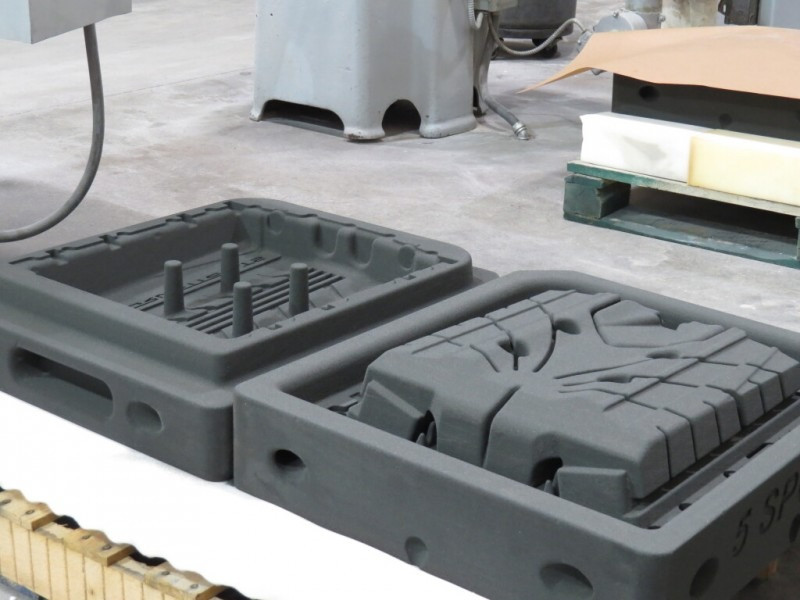
At the same time, BMW also invested in 3D printing technology, announcing a partnership with Loramendi and Voxeljet to automate the large-scale 3D printing process of sand molds for casting cylinder heads at its new plant in Landshut, Germany.
GM previously partnered with Voxeljet, the world's largest Binder Jetting sand mold 3D printer, when it produced its Cadillac CELESTIQ luxury electric vehicle.
TEI is already a world-renowned foundry and rapid prototyping company. The acquisition of TEI for less than $100 million will strengthen GM’s position in the increasingly competitive electric vehicle market and provide the resources needed to produce more efficiently at scale.
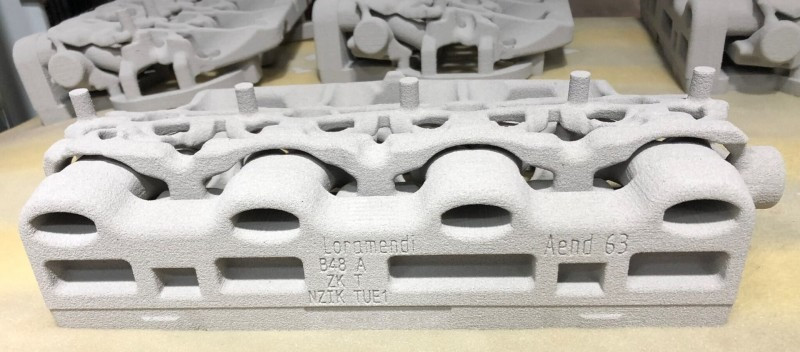
BMW has high hopes for 3D printing technology at its Landshut plant, where it will be used to cast cylinder heads for its B48 engine.
The process of making sand molds using 3D printing technology is a complex one, including printing, drying and cleaning the finished parts, as well as preparing and handling the sand.
In collaboration with Loramendi and Voxeljet, BMW will create an automated production line, consisting of Voxeljet's VX1300-X 3D printer and Loramendi's microwave drying system.
The production line is equipped with automated processing stations and robotic arms to remove and clean the sand cores. This allows the factory to produce thousands of 3D printed sand molds per week.
The growing adoption of 3D printing technology in the automotive industry is a sign that this manufacturing technology is moving beyond traditional design and prototyping methods and becoming a mainstream industry trend in the coming time.
(according to OL)
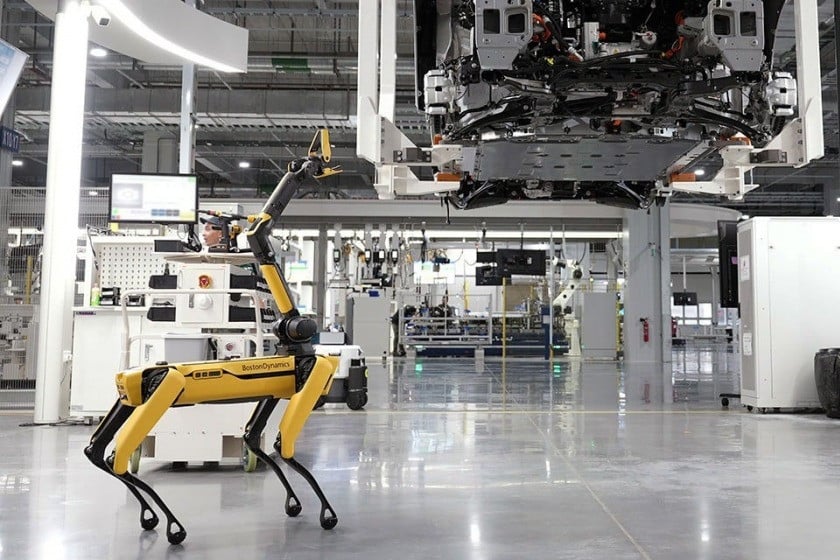
Hyundai begins mass use of robots in car production

Bringing Generative AI to Smart Cars
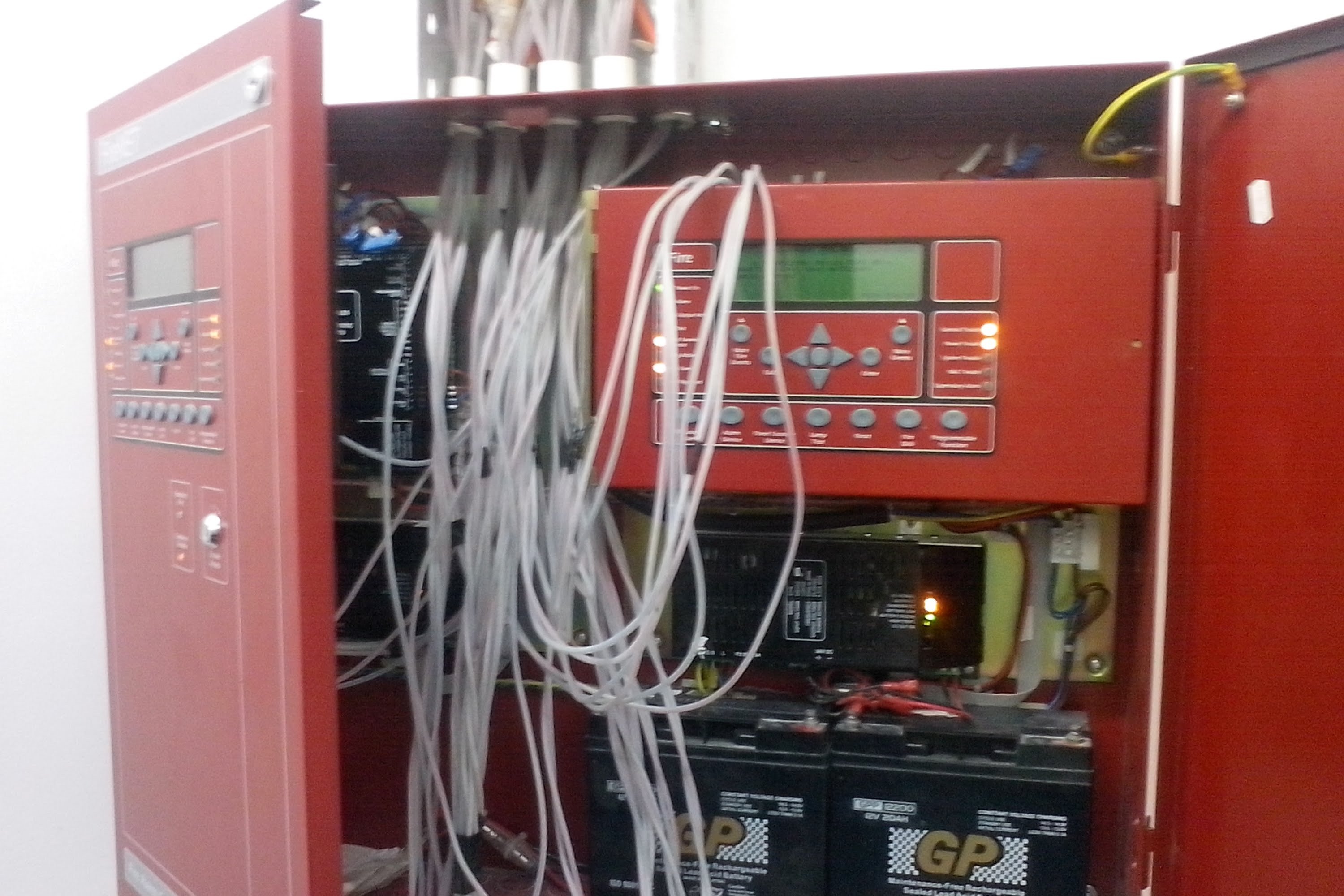
Detecting fire alarm devices that interfere with smart lock signals of cars and motorbikes
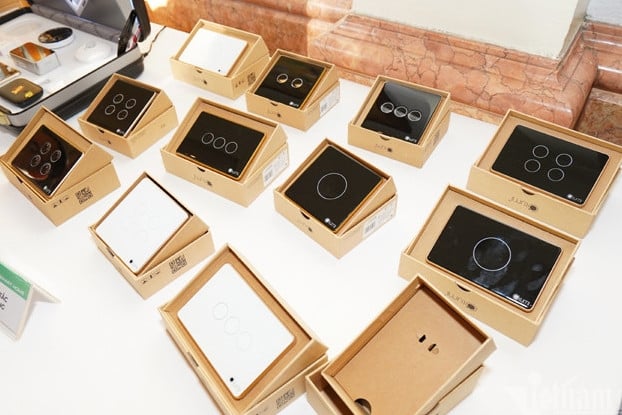
Vietnam's billion-dollar IoT market should start with cars and electrical equipment
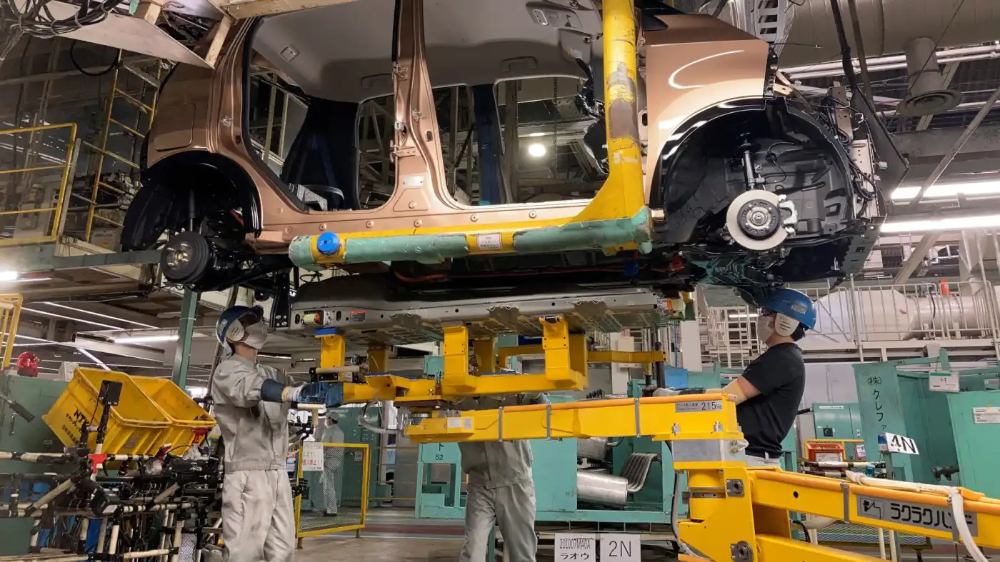
Electric cars replace smartphones as growth drivers
Source












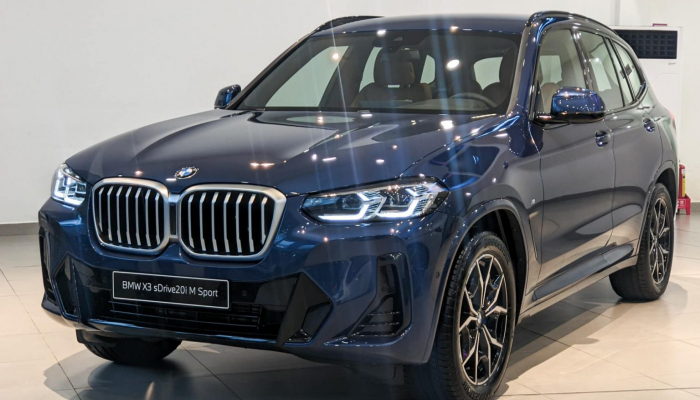




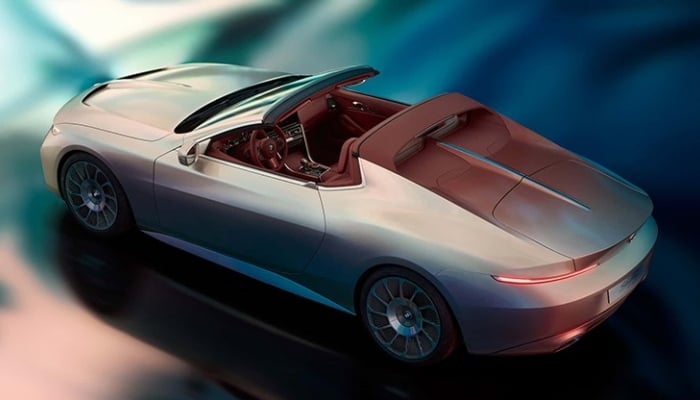





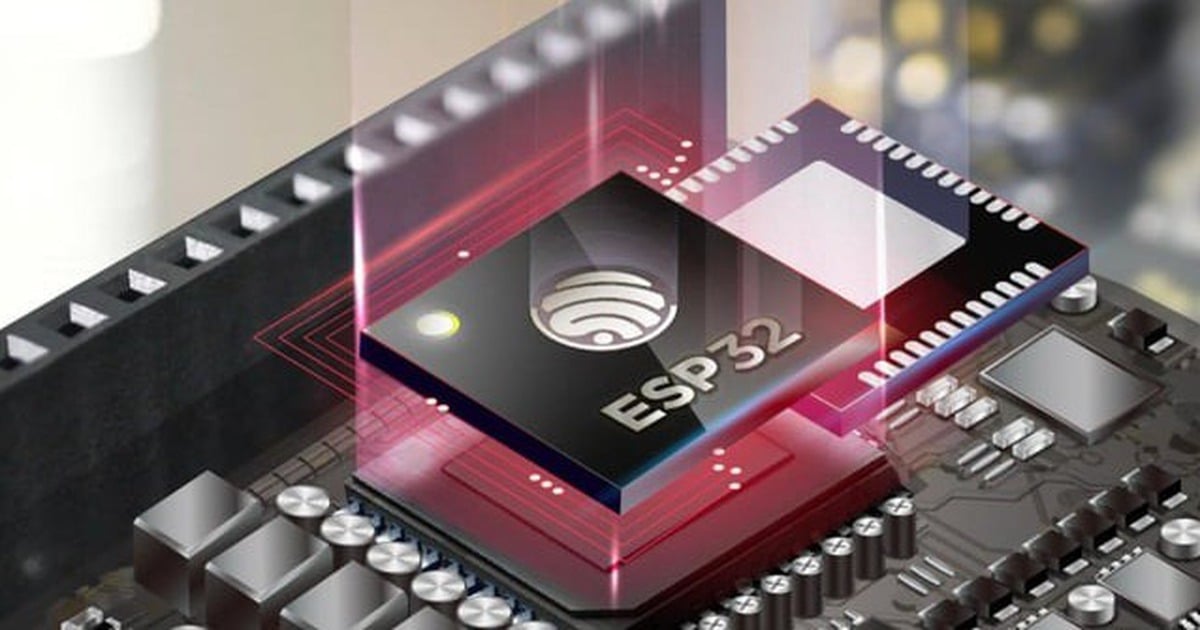
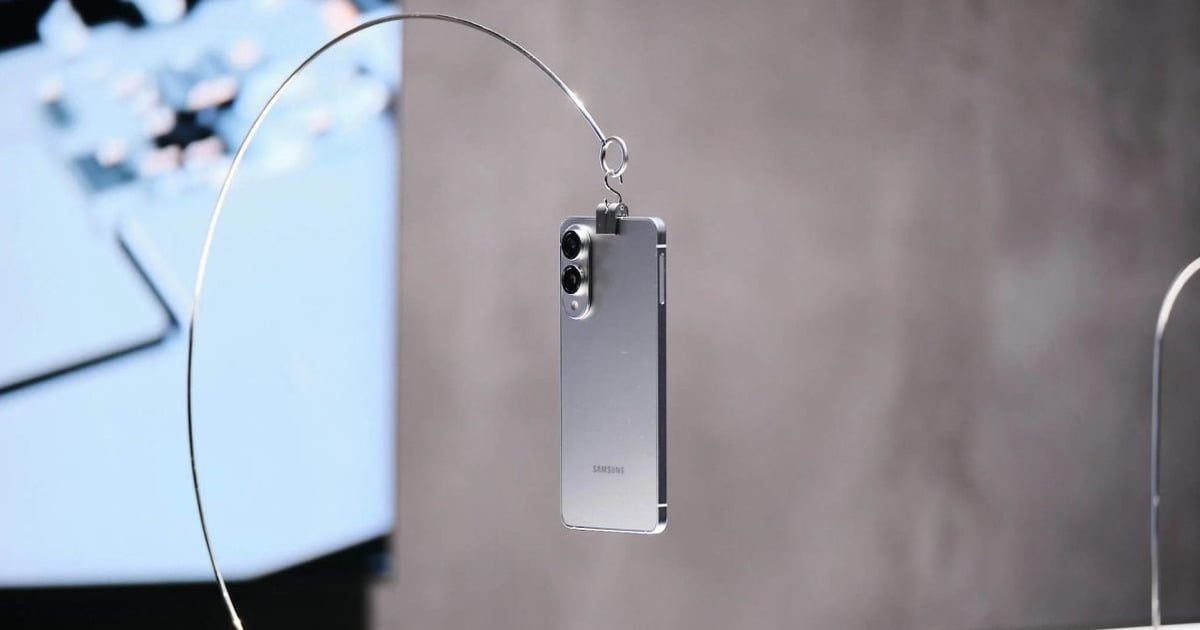


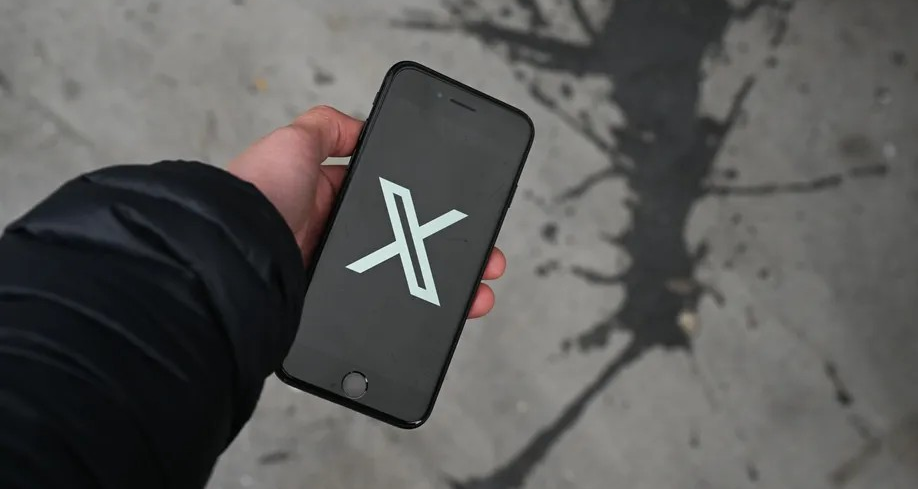



















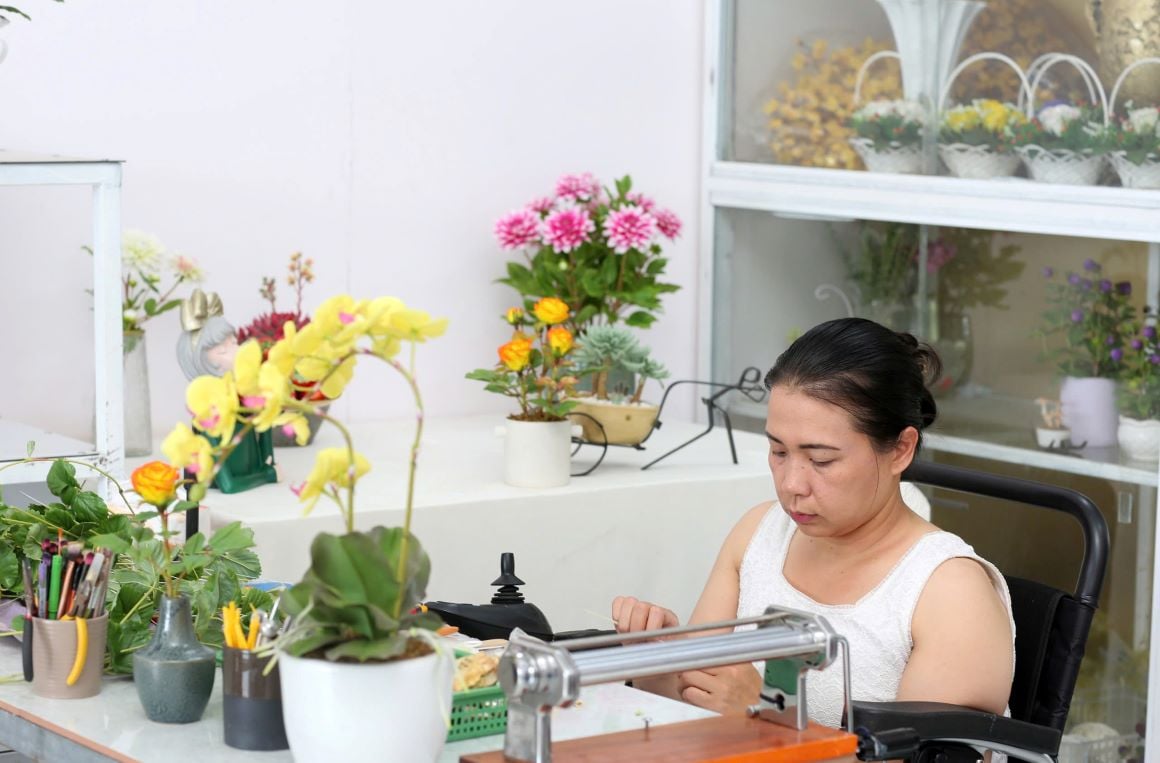
























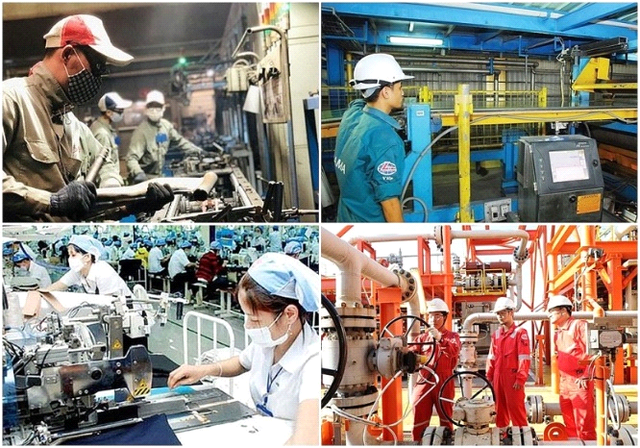





















Comment (0)